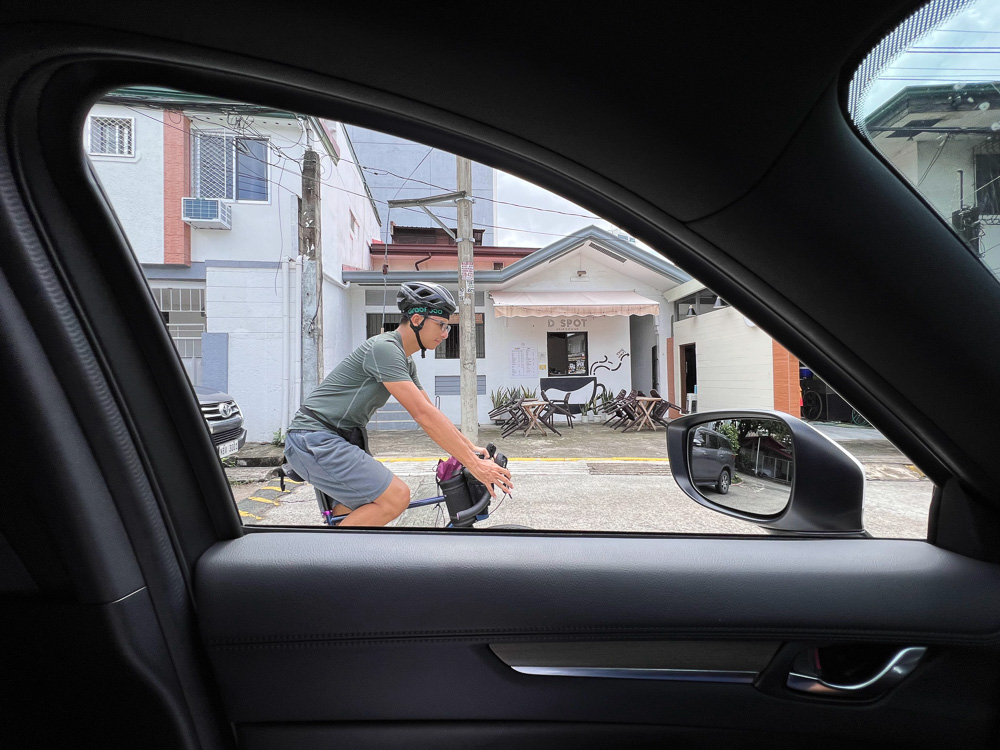
When I moved to New Zealand around eight months ago, one of the things I noticed was the care that motorists exercised around cyclists. Cars rarely drive in bicycle lanes, and bikers almost always get priority even when motor vehicles have the right of way. In fact, one of the sections of the New Zealand Transport Agency‘s road code is about sharing the road with bicycles.
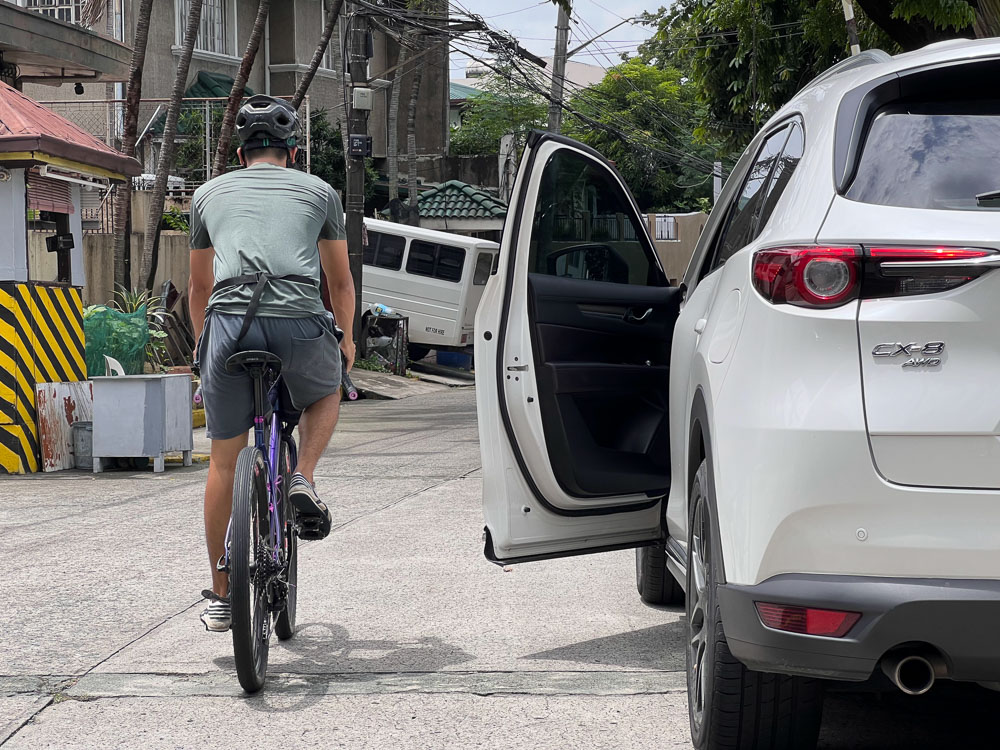
A part of this section recommends a particular method of opening your vehicle’s door. Initially, I thought it was a little strange. The act of opening car doors is something that we do multiple times every single day.
On the face of it, it’s a task that seems too simple to dedicate a few brain cells to. But as I’ve learned during my research for this article, hastily swinging your car door open can have grave consequences.
A colleague shared with me this article about a cyclist in New York City running into an open car door. After reading it, I discovered that a collision between a cyclist and an open car door is called “dooring,” and it can be fatal.
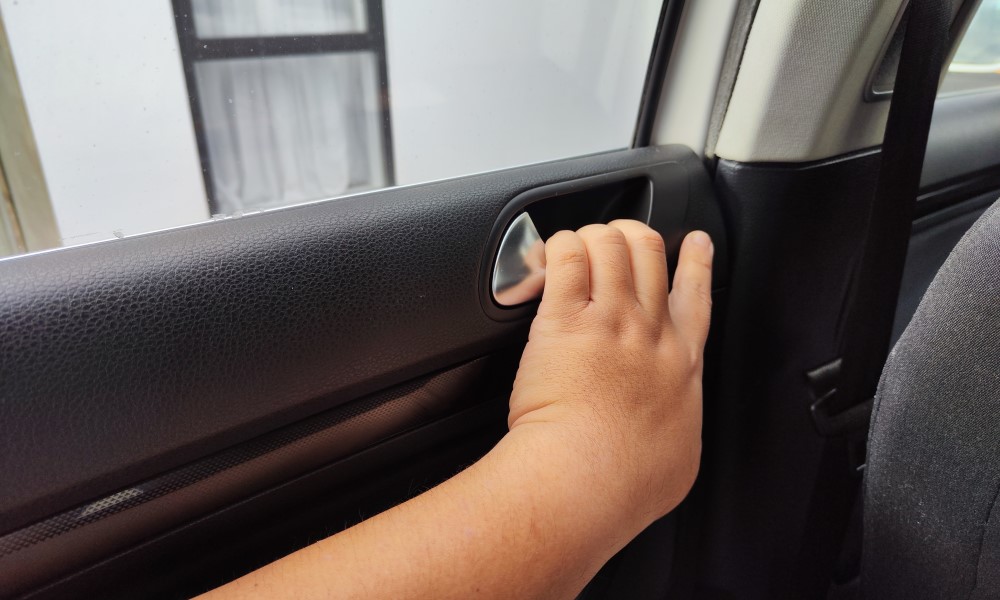
Incidents like this happen likely due to the manner in which we normally open car doors. We simply reach for the release lever with the hand nearest to it without checking for obstacles.
And even if we do check, it’s not that effective because our body remains facing forward, making it difficult to see anything coming from the vehicle’s rear quarter (where most cyclists come from).

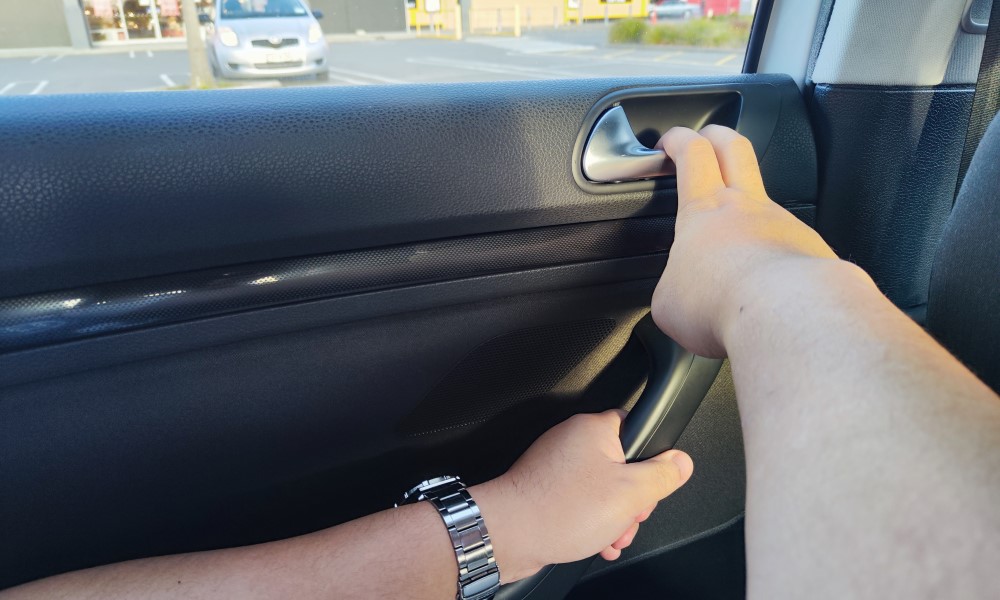
One simple way to reduce the chances of dooring is the Dutch Reach, a term clearly inspired by the country that’s mad about bicycles. The process is quite straightforward.
Instead of pulling the release lever with your hand nearest to it, use your far hand. This forces your torso to twist in a position that allows your head to swivel left and right, allowing you to check for obstacles on both sides of the door.


The nice thing about the Dutch Reach is that it works on both sides of the car and on any side of the road. Aside from cyclists, this method will allow you to watch out for pedestrians or other vehicles before swinging the door open.
Additionally, holding the door handle with your near hand gives you the leverage to pull the door shut just in case there are hazards that might keep you from disembarking.
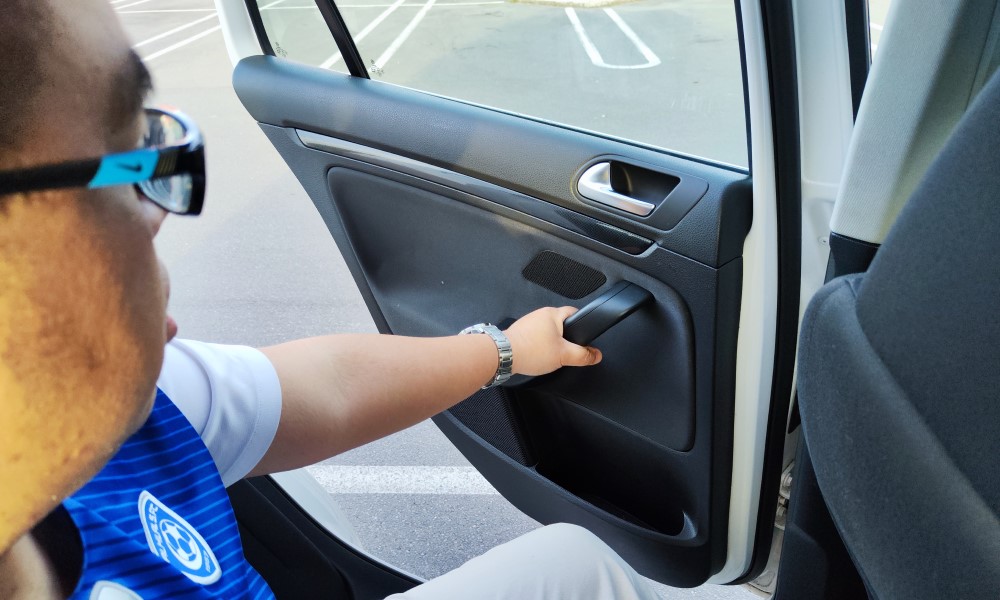
Proof of the Dutch Reach’s effectiveness is its inclusion in the traffic codes of various countries. Aside from New Zealand, it is part of the United Kingdom’s Highway Code under Rule 239.
Surprisingly (or not), the eLearning module of the Land Transportation Office’s LTMS portal doesn’t seem to have anything similar. But even then, making the Dutch Reach a habit is one way we can make our roads less dangerous.


0 Comments